
Baby Black Snake YouTube
Baby snakes do have a distinguishing egg tooth on their snout that allows them to exit the egg or live birth sac. This protrusion tends to fall off early on in a young snake's life. Behavior Baby snakes tend to be independent almost immediately after birth.
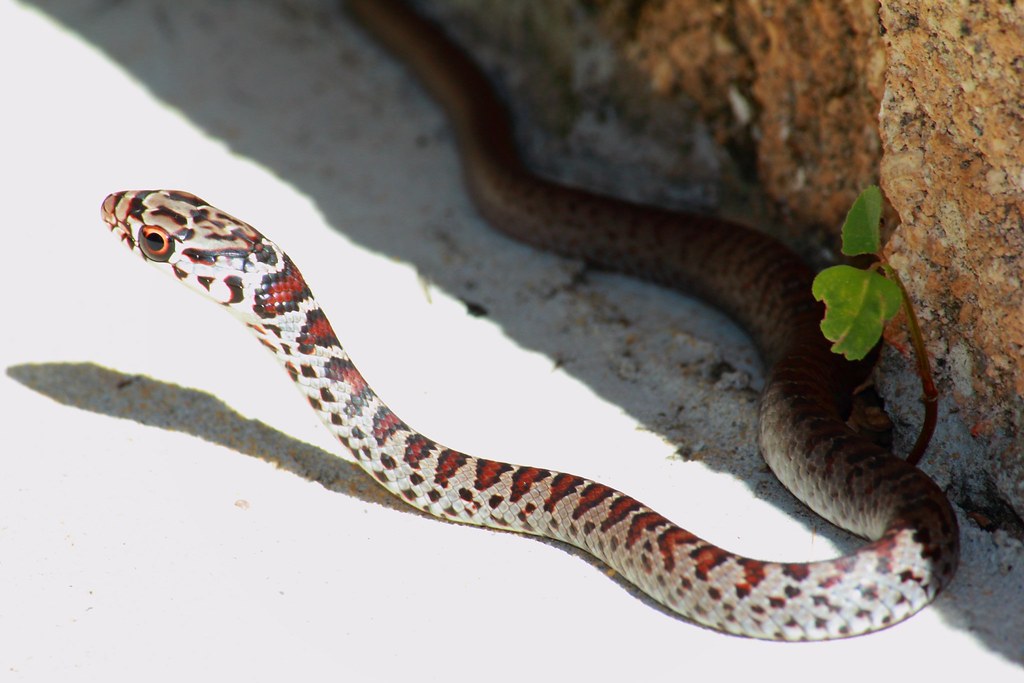
Baby Black Racer Snake Finally got around to what this sna… Flickr
Eggs are an important food source for baby black snakes. Baby black snakes will eat just about any type of egg, including bird eggs, reptile eggs, and amphibian eggs. Eggs are a good source of protein and other nutrients that help baby black snakes to grow and develop properly. Baby black snakes typically eat 2-3 eggs per day.
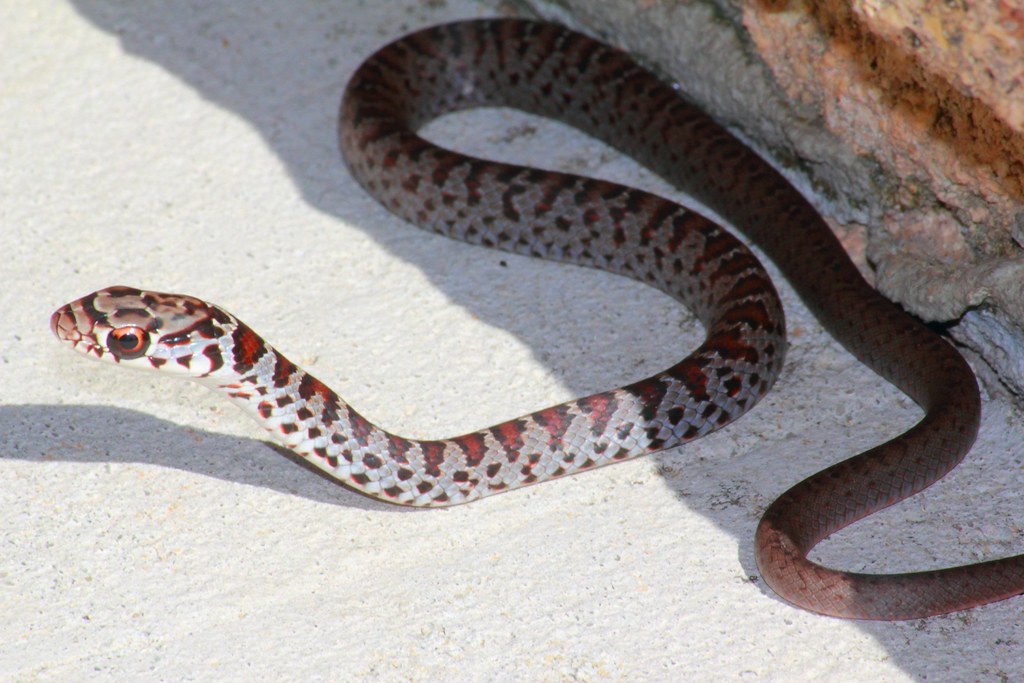
Baby Black Racer Snake Enrique Gonzalez Flickr
by Jesse "How to identify a baby copperhead snake?" and "What does a baby copperhead look like?" are some of the most common questions that people have when it comes to identifying this species. Picture Gallery Further Down on Page. [15 photos to help you identify a baby copperhead]

Baby Black Rat Snake Baby Black Rat Snake, Carrizos, Mexic… Flickr
This small snake (10-15 inches) has smooth scales, a glossy black back and a bright orange belly (Figure 2). Black swampsnakes are only found in and around wetlands: primarily cypress swamps, marshes, and lake edges, where they feed on tadpoles, worms, small fish, frogs, and salamanders.

Pin by DeerBrain on Serpentes Pet snake, Mexican black kingsnake
106.5 cm-256.5 cm. Color. Shiny black with some white between its scales; white lips, chin, throat and belly. Distribution. Southern Wisconsin, south Massachusetts, Georgia, northern Alabama, Mississippi, and Louisiana, southern Oklahoma, Texas, fewer numbers in southern Canada and northern New York. Habitat.

My baby Mexican black king snake snakes
Juvenile northern black racer. By J.D. Kleopfer/DWR Photos by John White It's that time of the year when eggs laid back in the spring have hatched and live-bearing snakes, which includes eastern copperheads, have given birth. However, a vast majority of the baby snakes you are most likely to encounter are harmless and quite beneficial.
My new female baby Mexican Black California King Snake r/snakes
Newborn and juvenile snakes face predation by smaller carnivorous birds, e.g. kookaburras, other snakes, frogs, and even invertebrates such as red-backed spiders. Red-bellied Black Snake are susceptible to the toxin of Cane Toads (Bufo marinus), and rapidly die from ingesting or even just mouthing them. Their decline in parts of Queensland and.

Baby Black Snakes by cmarples on DeviantArt
They are usually between 5 and 12 inches long the day they're born. So, most baby snakes won't make it to adulthood when they're big enough for self-protection. They're primarily targeted as prey by cats and birds. Let's take a look at some common questions our readers have about baby snakes. What You Will Learn show What Are Baby Snakes Called?

Found in my yard, baby black snake with a yellow strip around it's neck
Baby or juvenile copperhead snakes look a lot like adults but they are smaller — about 7 to 10 inches long — and are grayer in color. The tip of their tail is vivid yellow. Copperheads outgrown their yellow tail by 3 to 4 years old. Like most venomous snakes, copperheads are carnivores.
Found a baby black snake in my yard this morning r/pics
A baby black snake has a distinct appearance that sets it apart from other snakes. Its young coloration is typically dark, with a glossy black or dark brown skin. These snakes may have pale or yellowish undersides, and some species may display patterns or banding on their bodies.

Edward Plumer Small BlackHeaded Snake
January 1, 2022 by Stacey Identifying snakes can be tricky. Many species have similar qualities and can be hard to tell apart without practice. There are 38 species of snakes native to North Carolina. It's unlikely that you'll see all of them, but certain species are prevalent throughout the state, even in residential areas.

Baby Black Rat Snake YouTube
October 16, 2023 (©Seth LaGrange, Shutterstock) Why You Can Trust Us Finding various critters and small animals while working on your lawn and garden is expected. However, coming across a snake can be shocking. Many snakes in the U.S. can be dangerous, and some can even grow to become an infestation if left unattended.
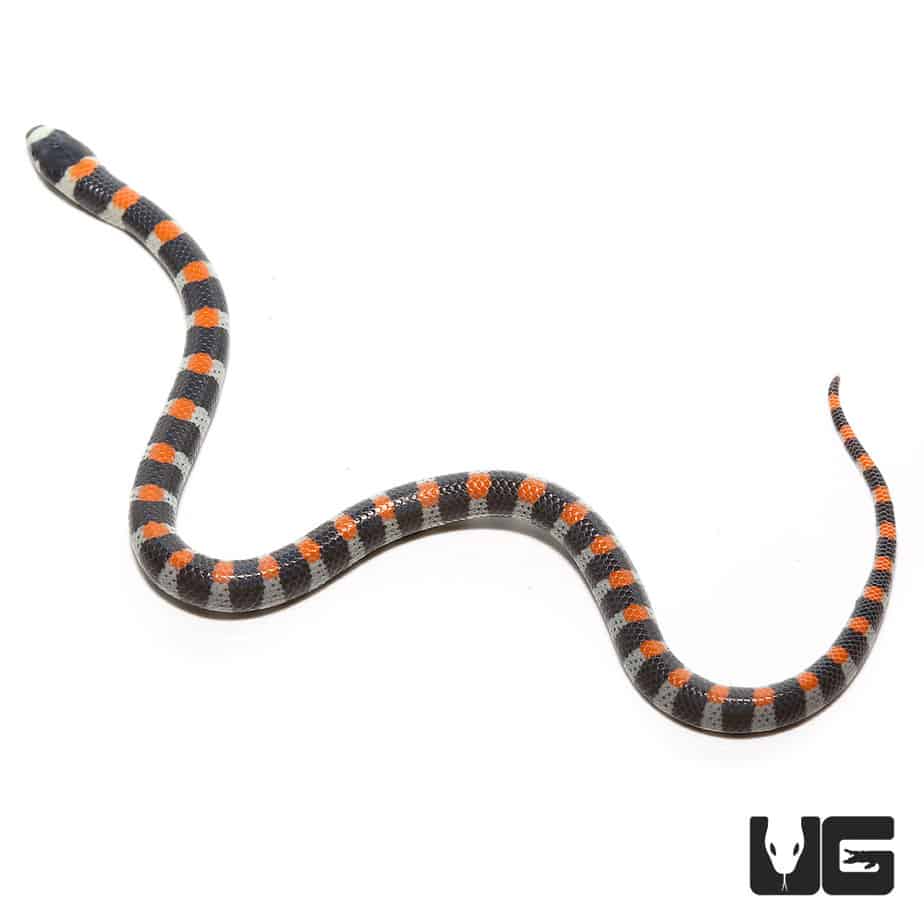
Baby Black Banded Snake (scolecophis atrocinctus) For Sale
All About Baby Copperhead Snakes. The copperhead (Agkistrodon contortrix) is a venomous species of snake found in 28 southern and central states of the U.S and parts of northern Mexico.These snakes are widespread and found in environments from forests to fields to backyards, houses, lawns, porches and garages.
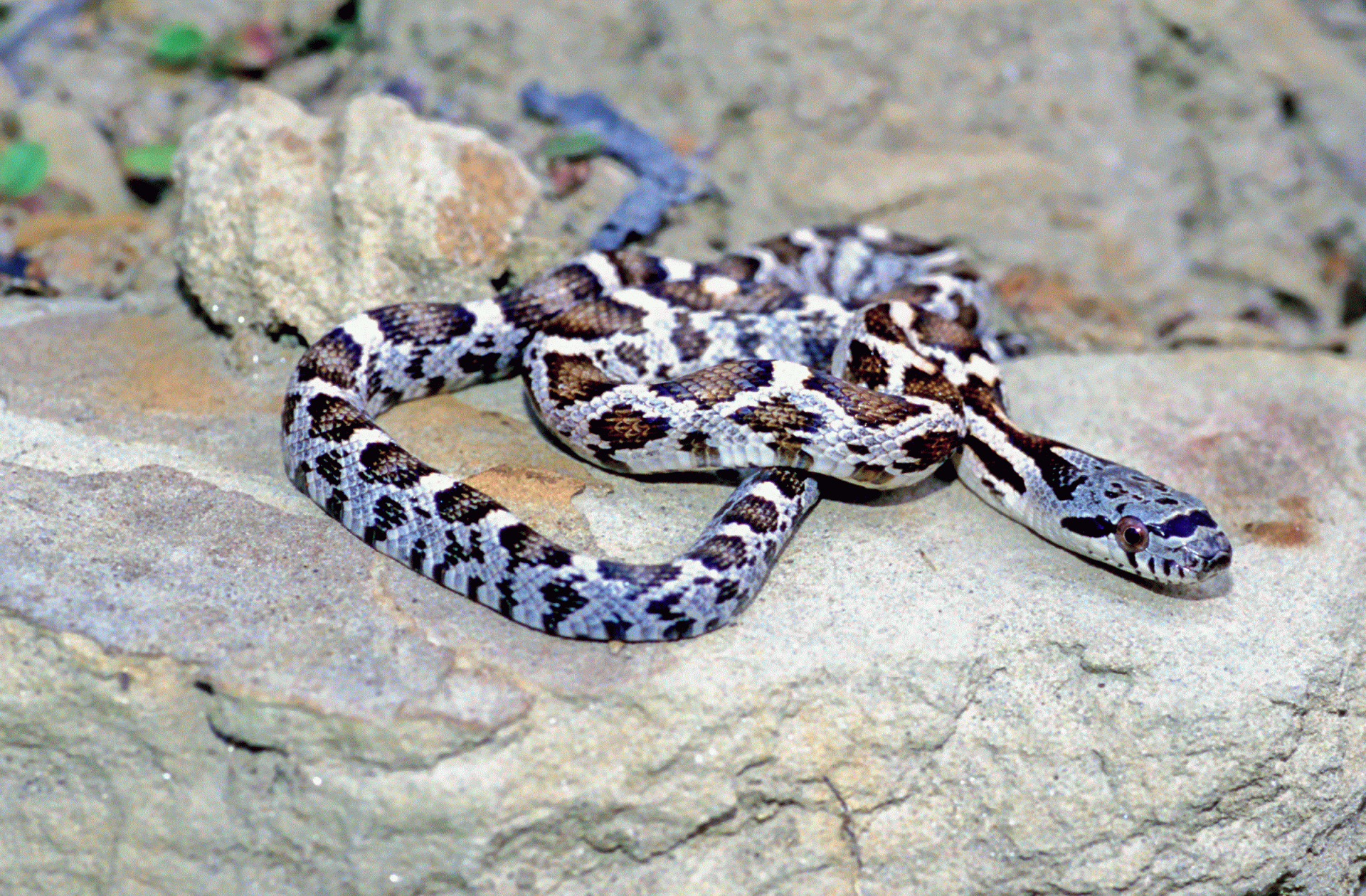
Western Black Ratsnake (Juvenile) Amphibians, Turtles & Reptiles of
1. North American Racer Scientific name: Coluber constrictor Venomous: No The North American Racer is also known as the Racer snake, Black Racer, and South American racer. Its natural habitat includes Southern parts of the country expanding to the Midwest. North American Racer These snakes are highly common around forests and in areas of Florida.

Baby Black Racer Snake WILLIAM WISE PHOTOGRAPHY
Black baby snakes are ringneck, copperhead, black racer, garter snake, chicken snake, rattlesnake, and many others which is why it is difficult to identify them when babies. The most common black snakes identified are the rat snakes and black racer babies. They are both non-venomous and like to eat rodents, lizards, birds, and eggs.

RedBellied Black Baby (Snake) YouTube
1. Black Racer Also called the North American racer, the black racer is the most common type of snake you'll come across in Florida. The black racer is a long, skinny snake that is entirely black with a white patch on the chin. It has a small head but large eyes. The snake moves incredibly fast when fleeing predators to earn its racer name.